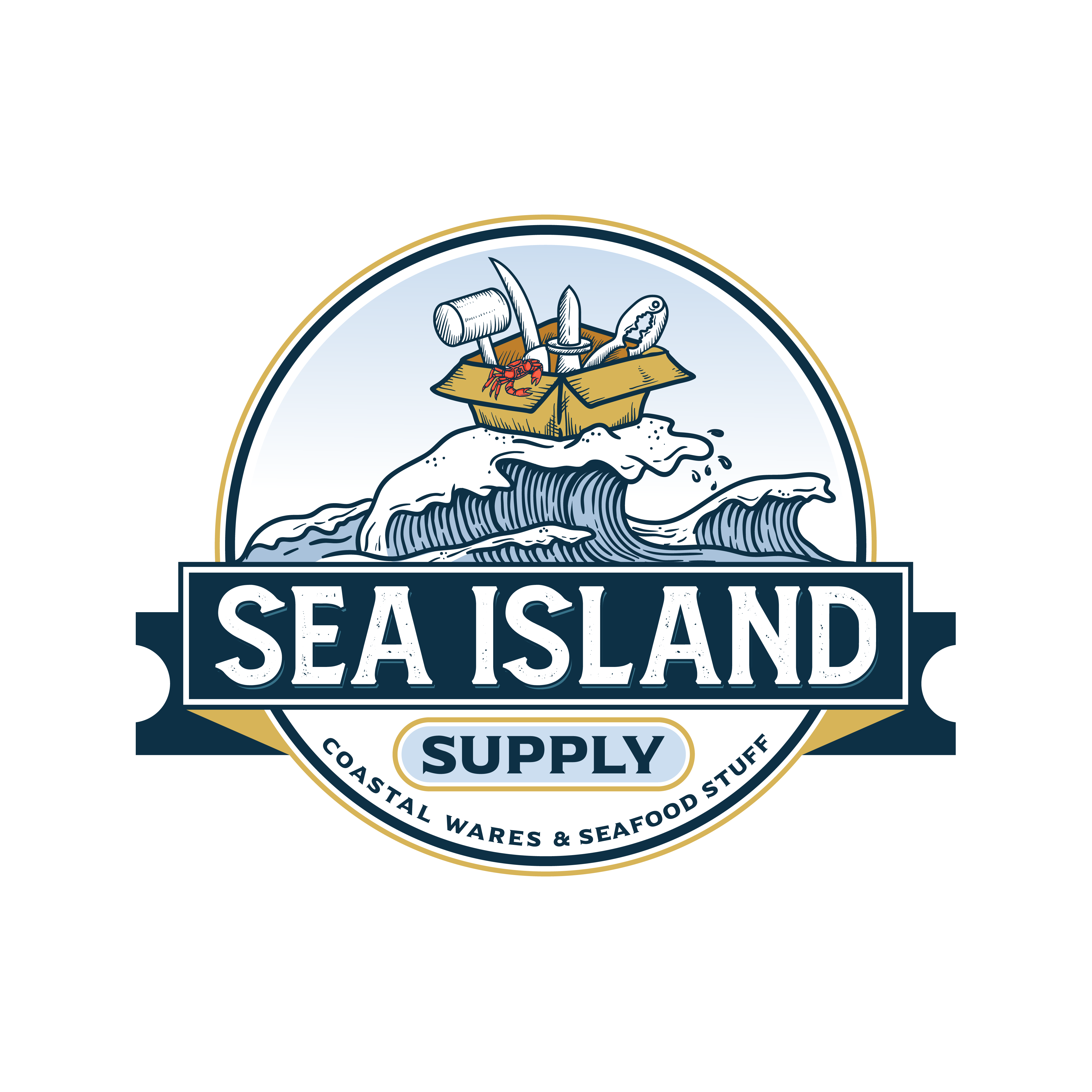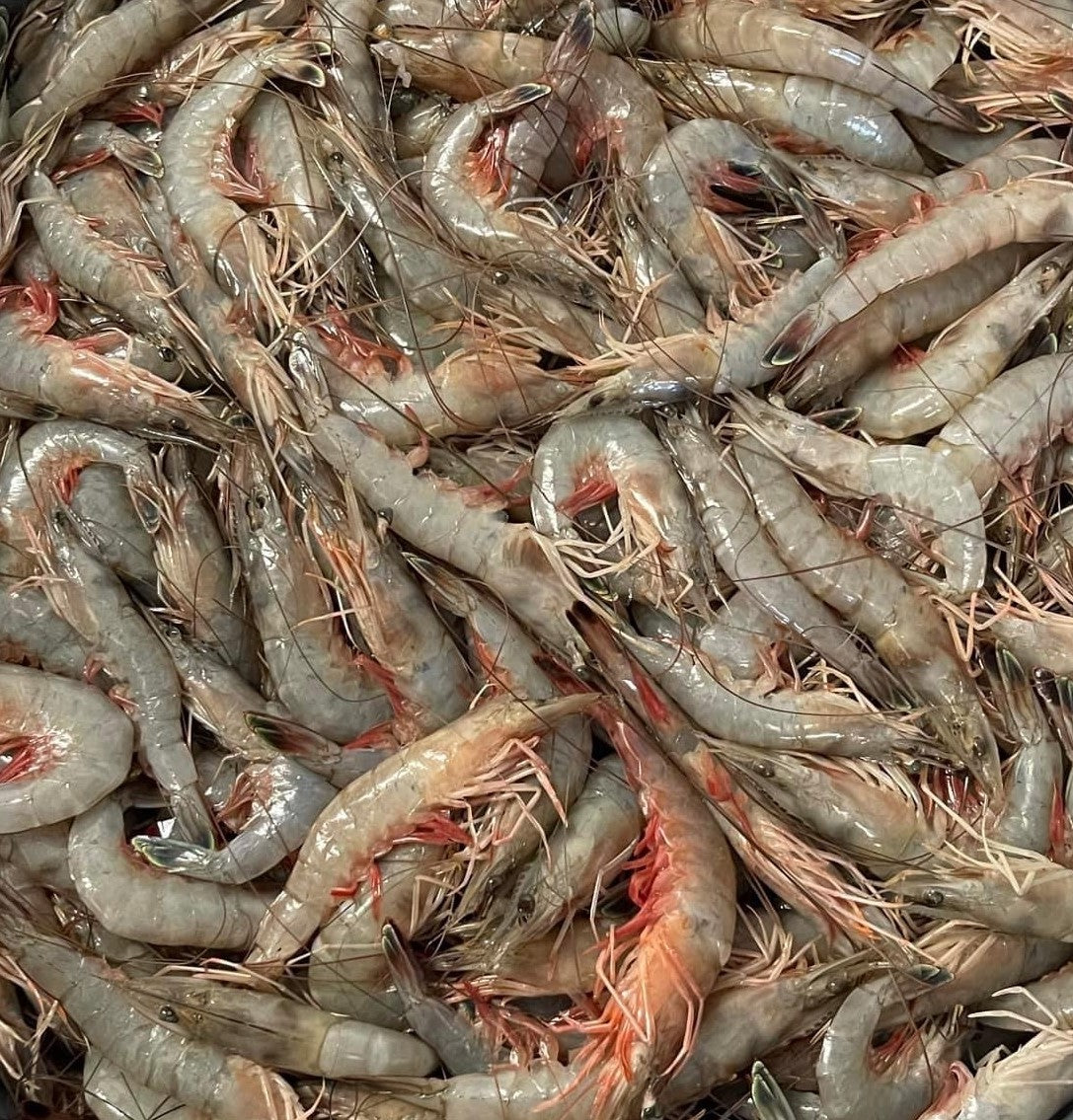My mother has used this recipe for Peel and Eat Shrimp for more than 30 years. It is a classic in our family and is easy to do. Living near the coast with access to fresh shrimp is bonus, however this recipe gives good results even with frozen shrimp.
My parents moved to the coast of North Carolina years ago from the upper Midwest to ease into retirement and change their lifestyle. The proximity to the ocean and the newfound novelty of being able to get REALLY fresh, local shrimp; soon led my folks to cook several times a week with this little morsel of seafood goodness. Many of their inland living friends and also our family, would visit and this became somewhat of my mother's signature dish that was easy to make and showcase the local shrimp. Many Midwesterners at that time had never tried fresh shrimp that had not been previously frozen. You can use this to cook shrimp for other recipes or for serving cold.
Mom’s Shrimp Boil Recipe
2 lb Shrimp, raw, shell on
3 cups Water
½ cup Vinegar, cider
2 Tablespoons- Seafood Seasoning
1 Bay Leaf
2-3 Peppercorns
Combine water, vinegar, bay leaf, peppercorns and seasoning in a nonreactive pot and bring to boil over high heat. Add shrimp, cook until shrimp begins to turn pink or about 3-4 min. Remove and drain shrimp. Serve immediately with Cocktail Sauce. If not serving immediately, drain shrimp and place into an ice water bath. Shrimp can be served chilled and can be made ahead of time. This is a great base recipe for making anything that calls for cooked shrimp.
Notes:
You can use head on or headless shrimp. It's much cheaper to purchase with head on but you are paying for the weight of the head along with part of the body that will be discarded. You may also need to take the time to remove the head as some of your guests may not be too keen on the visual. The caveat is that the heads and forward part of the body makes wonderful stock.
We prefer using Charleston's Own Lowcountry Seafood Seasoning which you can get on our website and in some store. However, you can use whatever your favorite seafood seasoning you may have in your pantry. The more seafood seasoning if you use, the more flavor.
Because we are using an acid to cook, in this case vinegar, we recommend using a non-reactive pot. Typical non-reactive cookware is for example stainless steel, nonstick coated or tin coated pots. DO NOT USE reactive which is uncoated cast iron, uncoated copper or uncoated aluminum pots for this recipe or any other using acidic ingredients (vinegar, tomatoes, citrus and fruit juices, etc).
Shrimp will continue to cook after you remove them from the water. It is important to watch them carefully when cooking and remove when they just start to turn pink and serve. This is a little bit of an art and a science. Just remember, no one like eating mushy, over cooked, pasty shrimp. You can stop or slow down the cooking process by draining the shrimp and rinsing in cold water or putting into an ice water bath. There is not much you can do to salvage over cooked shrimp. Using the rinse method or a water bath will wash away much of the seasoning.
The vinegar helps loosen the shells for easy peeling and adds flavor to the shrimp.
There are many cocktail sauces available. Our favorite is the Charleston's Own Coastal Cocktail Sauce which is available for purchase on our website. You may also make your own or use another brand.
Using fresh, wild caught shrimp, right off the boat tastes best and there is nothing like it if you have the access to it. If using frozen shrimp, make sure these are defrosted prior to cooking. Using imported, farm raised shrimp is up to you and we won't judge.......too much

